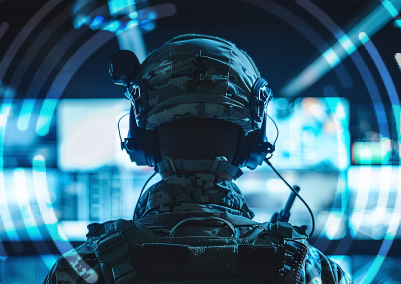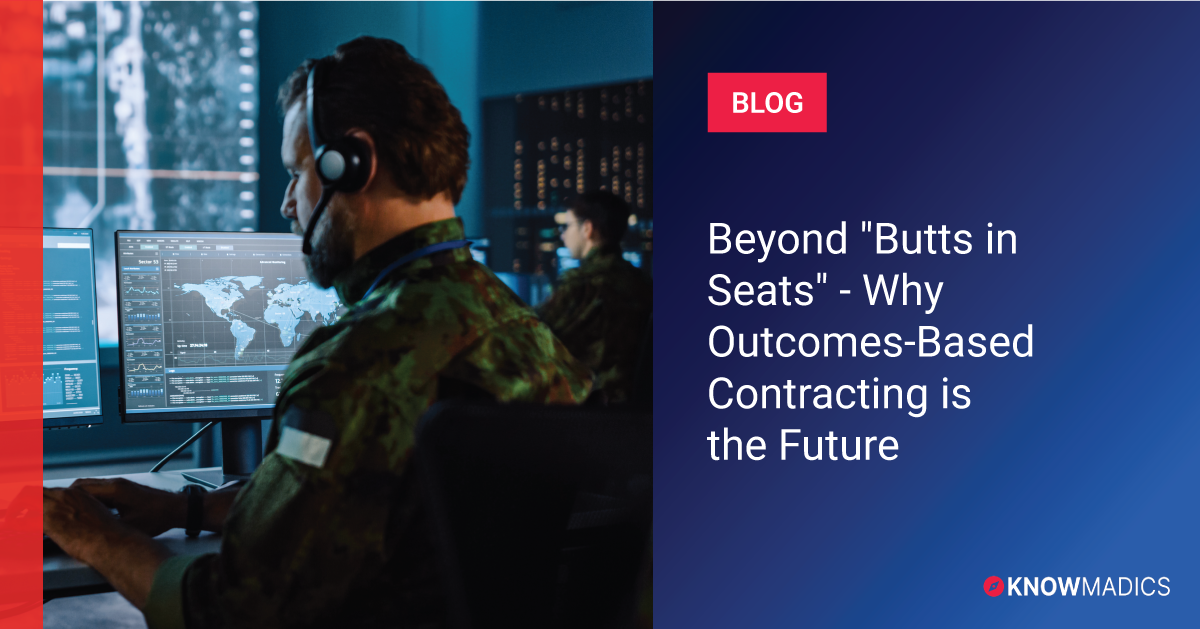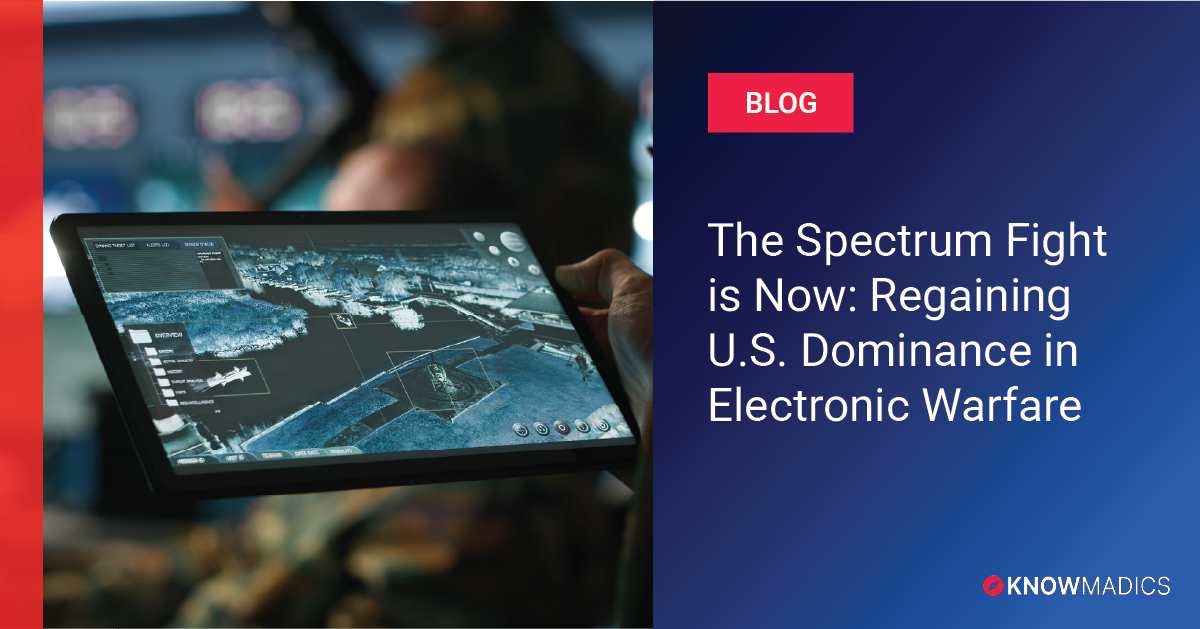As the threat landscape evolves, safeguarding executives during travel is more critical than ever. Organizations can no longer wait for a tragedy to reassess their security approach. Proactive, dynamic security measures are essential—especially for companies in high-risk industries, such as banking, and industries with travel to high-risk regions, like oil and gas.
Knowmadics’ VP of Customer Success, Anthony Jeapes, recently covered this topic for Security Management Magazine in the article: Don’t Wait for a Tragedy to Implement Proactive Executive Travel Security. In it, Jeapes discusses the urgent need of safeguarding executives during travel and provides key strategies and tactics to combat the growing risks. These include:
- Pre-trip security planning –Researching destinations for potential threats, using secure apps, and providing clean devices for travel.
- On the move security measures – Real-time situational awareness is vital. Leveraging modern technology for geofencing, GPS tracking, and real-time updates can significantly enhance executive safety.
- Crisis management protocols – Allow for immediate communication and response, with tools like SOS alerts and GPS tracking, helping to quickly manage emergencies.
Continuous security assessments, staff training, and adapting to emerging threats, such as digital scams and malware, are essential for ensuring executives remain protected. With the right technology, planning, and ongoing updates, companies can safeguard their executives effectively against a wide range of risks.
You can read the full article here.
Anthony Jeapes, PhD, is the vice president of customer success at Knowmadics. He spent nearly 20 years working for the British government in a variety of intelligence and law enforcement agencies, including running digital evidence collection teams. Later, he was deployed overseas as a diplomat to cover a range of projects in partnership with the Drug Enforcement Agency (DEA), U.S. government agencies, and host nations to assist their law enforcement, military, and intelligence agencies. This work covered a wide remit from officer protection and surveillance to open-source intelligence and application of other digital platforms needed for operational success.





